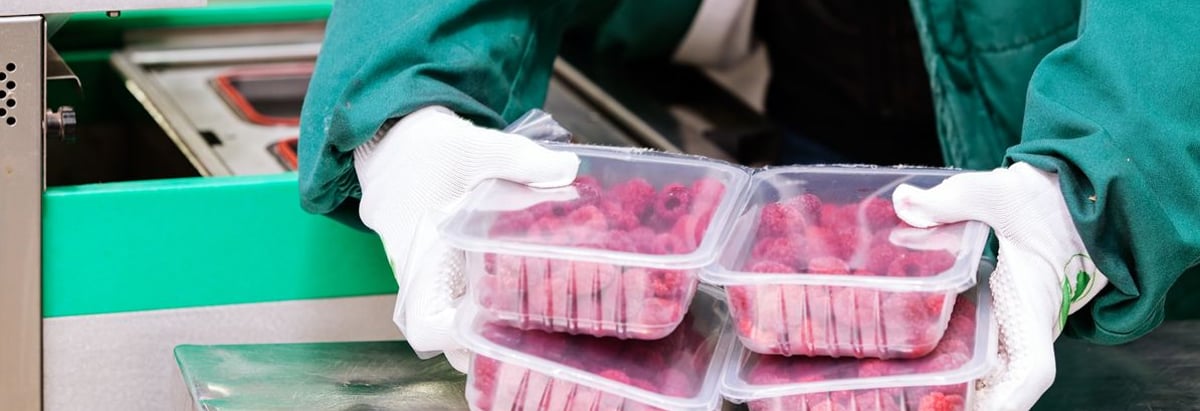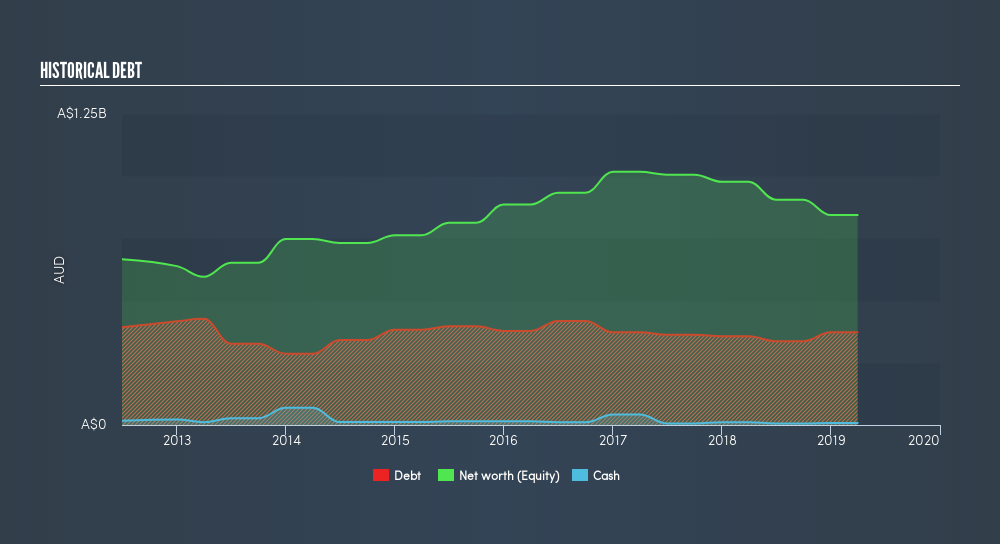Is Australian Agricultural Company Limited's (ASX:AAC) Balance Sheet Strong Enough To Weather A Storm?

Want to participate in a short research study? Help shape the future of investing tools and you could win a $250 gift card!
Australian Agricultural Company Limited (ASX:AAC) is a small-cap stock with a market capitalization of AU$711m. While investors primarily focus on the growth potential and competitive landscape of the small-cap companies, they end up ignoring a key aspect, which could be the biggest threat to its existence: its financial health. Why is it important? Given that AAC is not presently profitable, it’s essential to evaluate the current state of its operations and pathway to profitability. We'll look at some basic checks that can form a snapshot the company’s financial strength. Nevertheless, these checks don't give you a full picture, so I’d encourage you to dig deeper yourself into AAC here.
AAC’s Debt (And Cash Flows)
AAC's debt level has been constant at around AU$373m over the previous year – this includes long-term debt. At this current level of debt, AAC's cash and short-term investments stands at AU$7.6m to keep the business going. On top of this, AAC has produced cash from operations of AU$13m over the same time period, resulting in an operating cash to total debt ratio of 3.5%, signalling that AAC’s operating cash is less than its debt.
Can AAC meet its short-term obligations with the cash in hand?
Looking at AAC’s AU$43m in current liabilities, it seems that the business has maintained a safe level of current assets to meet its obligations, with the current ratio last standing at 5.37x. The current ratio is the number you get when you divide current assets by current liabilities. However, many consider a ratio above 3x to be high.

Does AAC face the risk of succumbing to its debt-load?
With debt reaching 44% of equity, AAC may be thought of as relatively highly levered. This is somewhat unusual for small-caps companies, since lenders are often hesitant to provide attractive interest rates to less-established businesses. But since AAC is presently loss-making, there’s a question of sustainability of its current operations. Maintaining a high level of debt, while revenues are still below costs, can be dangerous as liquidity tends to dry up in unexpected downturns.
Next Steps:
Although AAC’s debt level is towards the higher end of the spectrum, its cash flow coverage seems adequate to meet obligations which means its debt is being efficiently utilised. Since there is also no concerns around AAC's liquidity needs, this may be its optimal capital structure for the time being. This is only a rough assessment of financial health, and I'm sure AAC has company-specific issues impacting its capital structure decisions. You should continue to research Australian Agricultural to get a better picture of the small-cap by looking at:
- Future Outlook: What are well-informed industry analysts predicting for AAC’s future growth? Take a look at our free research report of analyst consensus for AAC’s outlook.
- Historical Performance: What has AAC's returns been like over the past? Go into more detail in the past track record analysis and take a look at the free visual representations of our analysis for more clarity.
- Other High-Performing Stocks: Are there other stocks that provide better prospects with proven track records? Explore our free list of these great stocks here.
We aim to bring you long-term focused research analysis driven by fundamental data. Note that our analysis may not factor in the latest price-sensitive company announcements or qualitative material.
If you spot an error that warrants correction, please contact the editor at editorial-team@simplywallst.com. This article by Simply Wall St is general in nature. It does not constitute a recommendation to buy or sell any stock, and does not take account of your objectives, or your financial situation. Simply Wall St has no position in the stocks mentioned. Thank you for reading.
About ASX:AAC
Australian Agricultural
Engages in the production of cattle and beef in Australia.
Moderate growth potential with mediocre balance sheet.
Similar Companies
Market Insights
Community Narratives



